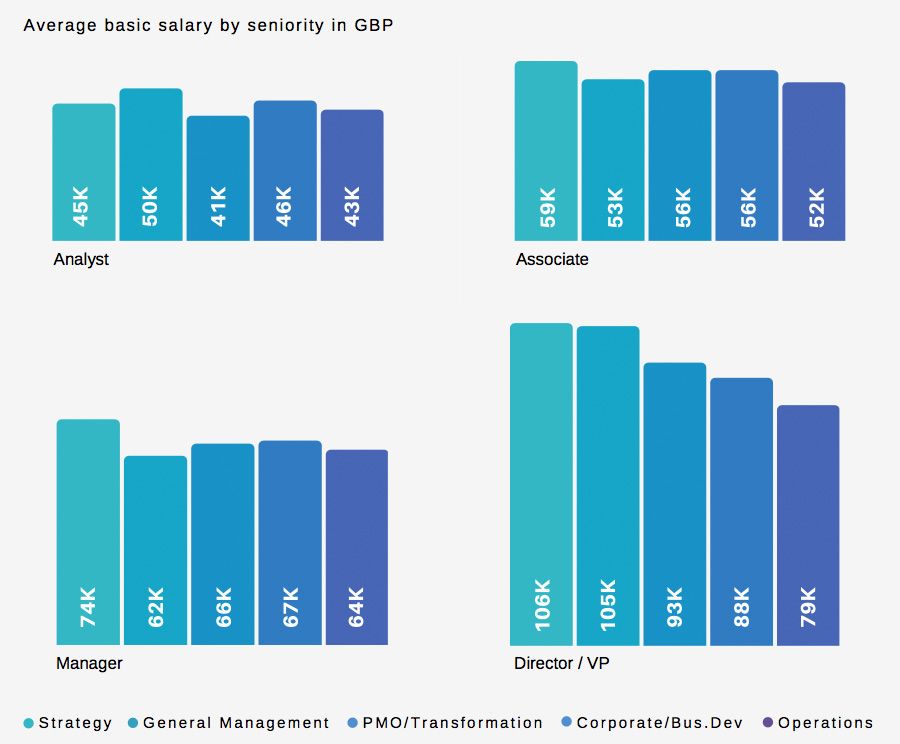
If you're looking for a job in the world of IT, you've probably heard of Oracle. The headquarters of this multinational corporation in computer technology is in Austin, Texas. It was the third largest software company worldwide by 2020. It is one of the largest IT consulting companies worldwide with over 33,000 employees. Did you know you can become a junior developer at the company? Read on to learn how.
Create a job
The CREATE JOB command creates a job object with the attributes start_repeat_interval and finish. These attributes determine the interval at which a job is scheduled to run again. If you want to schedule multiple jobs, you will need to specify a start time. You can set the repeat_interval attribute using DBMS_SCHEDULER package procedures and the Enterprise Manager. Calendaring syntax can be used to set the time zone for each run.
Once you have created a job, you can specify its arguments. These arguments can be used as an argument to override default values for program arguments, or they can be used as an argument to specify the value. This is critical when a job refers only to an inline procedure or stored operation. Before you enable a job, make sure that you specify the value for each argument. Also, it is important to know that the job object can refer to multiple destinations.

Schedule a job
One way to schedule a job is to use the 'job oracle' feature. It is possible to create a job and have it repeat. However, you must specify a recurring time for it to run. A complex repeat interval can be set, for example, every Monday at 3:00 a.m. (except on public holidays) or every Wednesday in a business quarter.
Specifying a repeating interval makes the process easier. The scheduler will store next scheduled runs in a timestamp containing the time zone. This time zone is retrieved via the start_date clause in the calendaring syntax. The Oracle Database PL/SQL Packages Reference explains how to use this parameter. After setting a repeat interval, you can modify the schedule.
Don't lose a job
How do I quit my job in Oracle There are many methods to get rid of your Oracle job. The DROP_JOB procedure is a common way to do this. This will let you drop job classes and child jobs. You can also choose to terminate a job if it is unsuccessful. The DROP_JOB option supports both the force- and defer options. You should understand the impact of your decision to quit a job.
The SET_ATTRIBUTE procedure can be used to set the event-specific attribute for jobs that are event-based. To do this, specify the event_spec attribute. If the event-based task doesn't have a destination specified, it will run on that host. When it reaches its maximum number or fails, or when the job is finished execution, the job will be cancelled. To specify the job's stop and end dates, you can also use event_condition and queue_spec attributes.

Analyze the job activity
Creating a strategic workforce plan for your organization is the best way to optimize your workforce. Analyzing your job can reveal hazards, improve working conditions, identify future needs, and help to plan for the future. Federal and state laws often regulate hiring and working conditions. An analysis of your job will allow you to ensure compliance with all regulations. Once you identify the areas in which you need to make improvements, you can implement those changes to increase efficiency.
Based on the job's complexity, it might be necessary for employees to provide data about their tasks. A typical job can have up to 100 tasks. Tasks are grouped by difficulty, importance, and frequency. A doctor's office receptionist may have many duties. These include taking patient appointments, answering basic questions and maintaining records. In such cases, a job assessment can be used to identify the most valuable aspects of a position and help reduce costs.
FAQ
Who hires consultants
Many companies hire consultants to help with their projects. This includes small businesses, large corporations and government agencies.
While some consultants work for these companies, others are freelancers. In both cases, the process for hiring depends on how complex and large the project is.
There will be many rounds of interviews for consultants when you are looking to hire. Only then can you select the right person to fill the position.
Why would a company employ a consultant to help them?
A consultant provides expert advice on how to improve business performance. Consultants are not there to help you sell products.
A consultant helps companies make better decisions by providing sound analysis and recommendations for improvement.
Consultants often work with senior management to help them understand how to succeed.
They offer leadership coaching and training to help employees reach their full potential.
They can help businesses reduce costs, streamline processes, and increase efficiency.
What are the advantages of being a consultant?
Consultants can often choose the hours and topics they work on.
This means that you can work when you want and wherever you want.
You also have the freedom to change your mind at any time without fearing losing your money.
Finally, you have the ability to control your income levels and establish your own schedule.
What happens when the consultant finishes the job?
After the consultant has completed the work, they will submit a final document detailing the results. This report details the project timeline, deliverables, as well any other pertinent information.
Then, you'll review the report and decide whether the consultant met your expectations. You can request modifications or terminate your contract if the report is not satisfactory.
Statistics
- So, if you help your clients increase their sales by 33%, then use a word like “revolution” instead of “increase.” (consultingsuccess.com)
- On average, your program increases the sales team's performance by 33%. (consultingsuccess.com)
- According to statistics from the ONS, the UK has around 300,000 consultants, of which around 63,000 professionals work as management consultants. (consultancy.uk)
- 67% of consultants start their consulting businesses after quitting their jobs, while 33% start while they're still at their jobs. (consultingsuccess.com)
- WHY choose me: Why your ideal client should choose you (ex: 10 years of experience and 6-week program has helped over 20 clients boost their sales by an average of 33% in 6 months). (consultingsuccess.com)
External Links
How To
What Does A Typical Day For A Consultant Look Like?
A typical day will vary depending on the type of work you are undertaking. However, the majority of your day will consist of research and planning, meeting clients and preparing reports.
You will have many meetings where clients and you can discuss their issues. These meetings can be done over the phone or via email.
Also, proposals are documents that outline your ideas or plans for clients. These proposals should be discussed with a mentor or colleague before being presented to clients.
After all the preparation, you'll need to start creating content. This could include writing articles, designing websites or editing photos.
You may need to conduct research depending on the scope of your project to find relevant statistics and figures. It may be necessary to know how many customers are currently using your products or services.
After gathering enough information, you can present your findings to clients. You may give your findings orally or in written form.
You must also follow up with clients following the initial consultation. You could phone them occasionally to check on things or send an email asking them to confirm that you have received their proposal.
This process takes time, but it's important to ensure that you stay focused and maintain good relationships with clients.